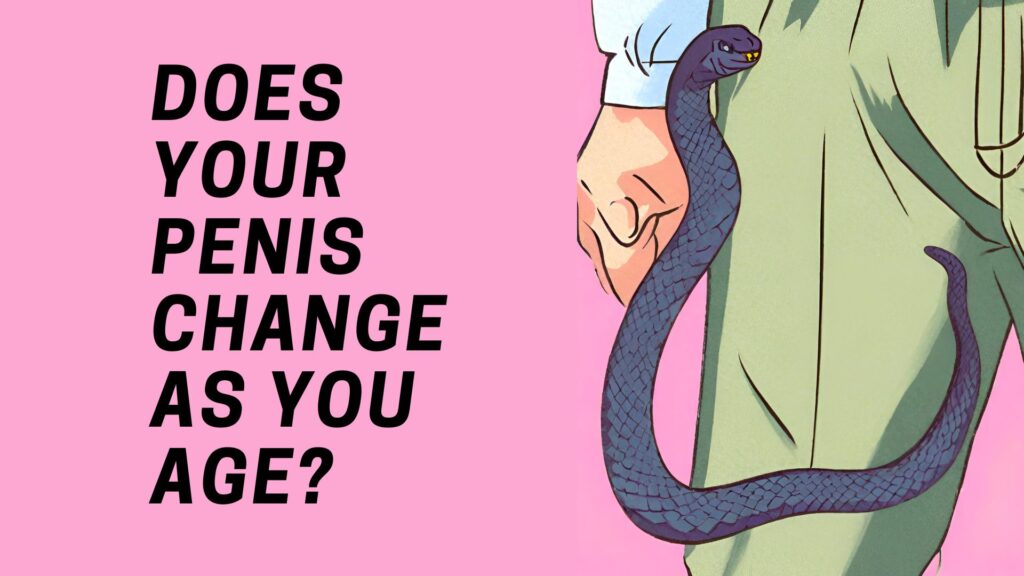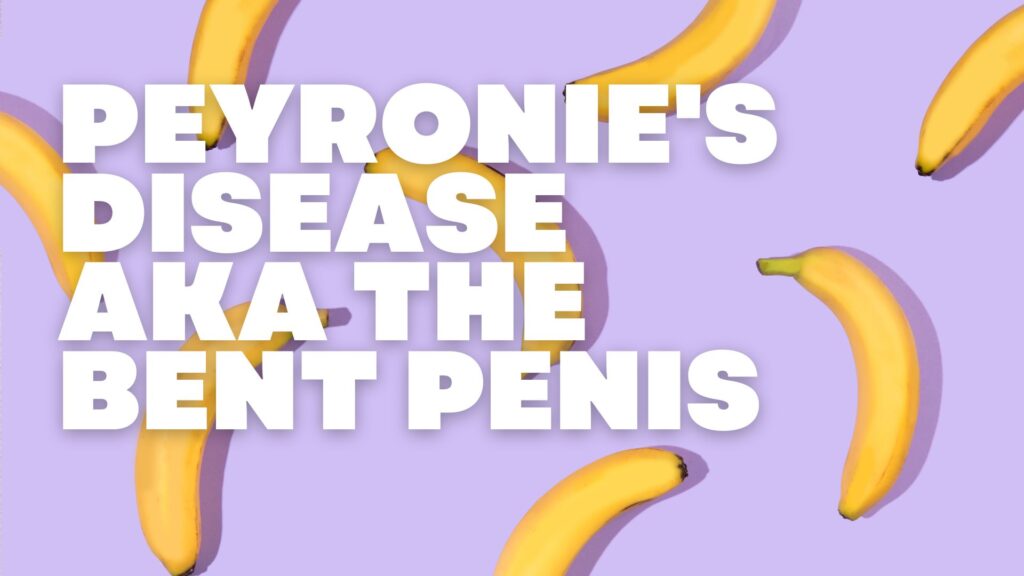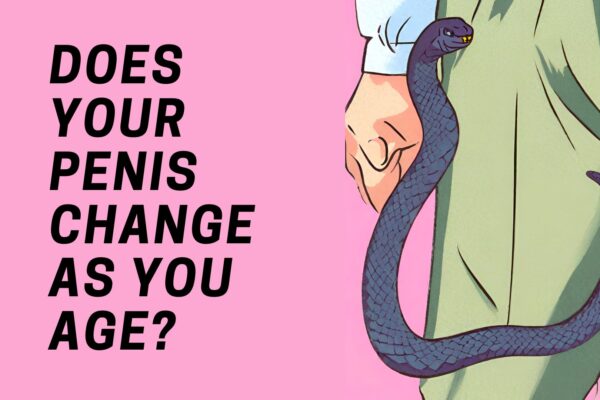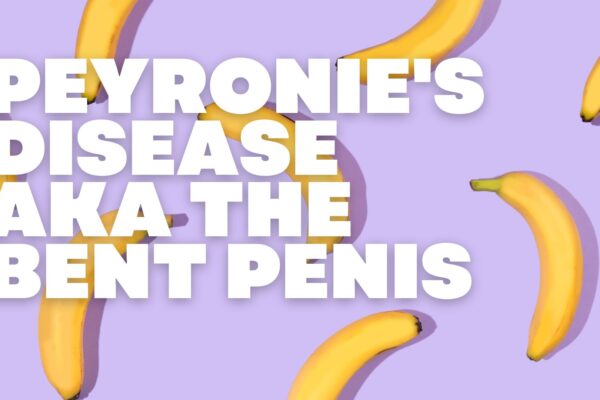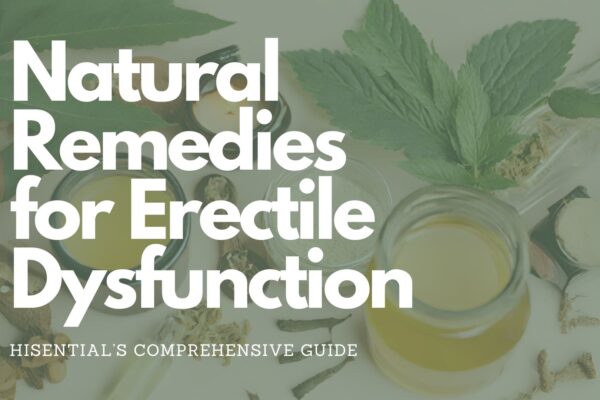Dealing with Andropause a.k.a “Male Menopause”
Introduction
Andropause, often described as a male equivalent of menopause, affects a considerable number of middle-aged and older adults, though not all. Unlike menopause, it does develop slowly, and its symptoms like low sex drive, erectile dysfunction, fatigue, poor bone and muscle strength, sleep disorders, and even depression occur over the period of years.
It is more complex than menopause in every way, challenging to diagnose, and not so easy to treat. Fortunately, doctors now realize the need to treat the conditions early enough. When it comes to treatment, doctors need to manage hormonal changes, but they also need to treat other health conditions.
Andropause and hormone replacement therapy
It is evident that andropause occurs due to the decline of testosterone below a certain level, and thus testosterone replacement therapy must form the backbone of any andropause treatment. However, unlike menopause, there are some challenges, like there are no fixed criteria for diagnosing the condition. Generally, doctors diagnose andropause based on both the symptoms and serum testosterone levels.
Once the doctor has confirmed that it is andropause and has excluded all the causes of secondary hypogonadism (like substance abuse or use of medications), hormone replacement therapy can be started.
However, there are some challenges in hormone replacement therapy for men. Fortunately, there are many ways of getting testosterone for men. One way is to use long-acting testosterone injections, requiring one injection a month. However, there are some availability issues with these injections due to their abuse by sportspeople.
Perhaps a better and safer way could be testosterone patches or gels. They can be readily applied on the skin and provide testosterone for the whole day, consistently and at an optimal level. The good thing about the transdermal route is that it is highly safe. Moreover, sportspeople do not use a transdermal route to abuse testosterone.
Thus, perhaps for most cases, testosterone patches or gels would be ideal. Unfortunately, it is available in very few nations only when it comes to oral testosterone. The only issue with testosterone transdermal patches or gels is their high cost.
Further, it is also worth knowing that many experts have raised concerns regarding the side effects of testosterone therapy. However, testosterone does not cause any side effects when it is not abused.
There are some concerns regarding the increased risk of prostate cancer. But, again, these concerns are unfounded. After all, testosterone replacement therapy only aims to provide the hormone within its normal physiological levels. Nevertheless, experts recommend regularly checking for the risk of certain cancers like prostate cancer (prostate-specific antigen levels test) and colon cancer when on testosterone replacement therapy.
Looking beyond testosterone therapy
Though testosterone therapy forms the basis of andropause treatment, one should not neglect other treatment modalities. For example, some men would also need nutritional therapy, while others treatment for their depression.
Testosterone therapy may help with low sex drive; however, it often fails to help with erectile dysfunction. When treating andropause, it is vital to treat sexual dysfunction. Thus, treating erectile dysfunction would require the use of PDE5 inhibitors like sildenafil or tadalafil.
Further, it may be a good idea to consider certain supplements like vitamin D, calcium, etc. They would help improve hormonal health, and also help strengthen bones, and reverse other andropause symptoms.
Additionally, there is a need to treat conditions like fatigue, sleep disorders, mood, and memory issues in some cases. These problems are pretty challenging to manage without significant lifestyle interventions. Fortunately, with testosterone replacement therapy, men are more likely to stick to other interventions like regular exercise and nutrition therapy.

